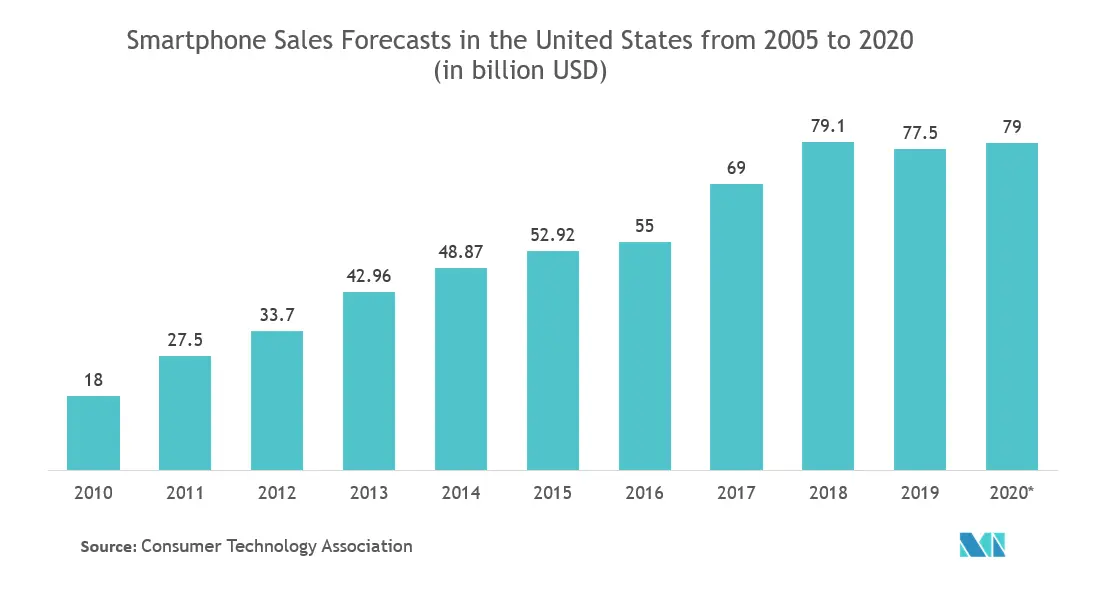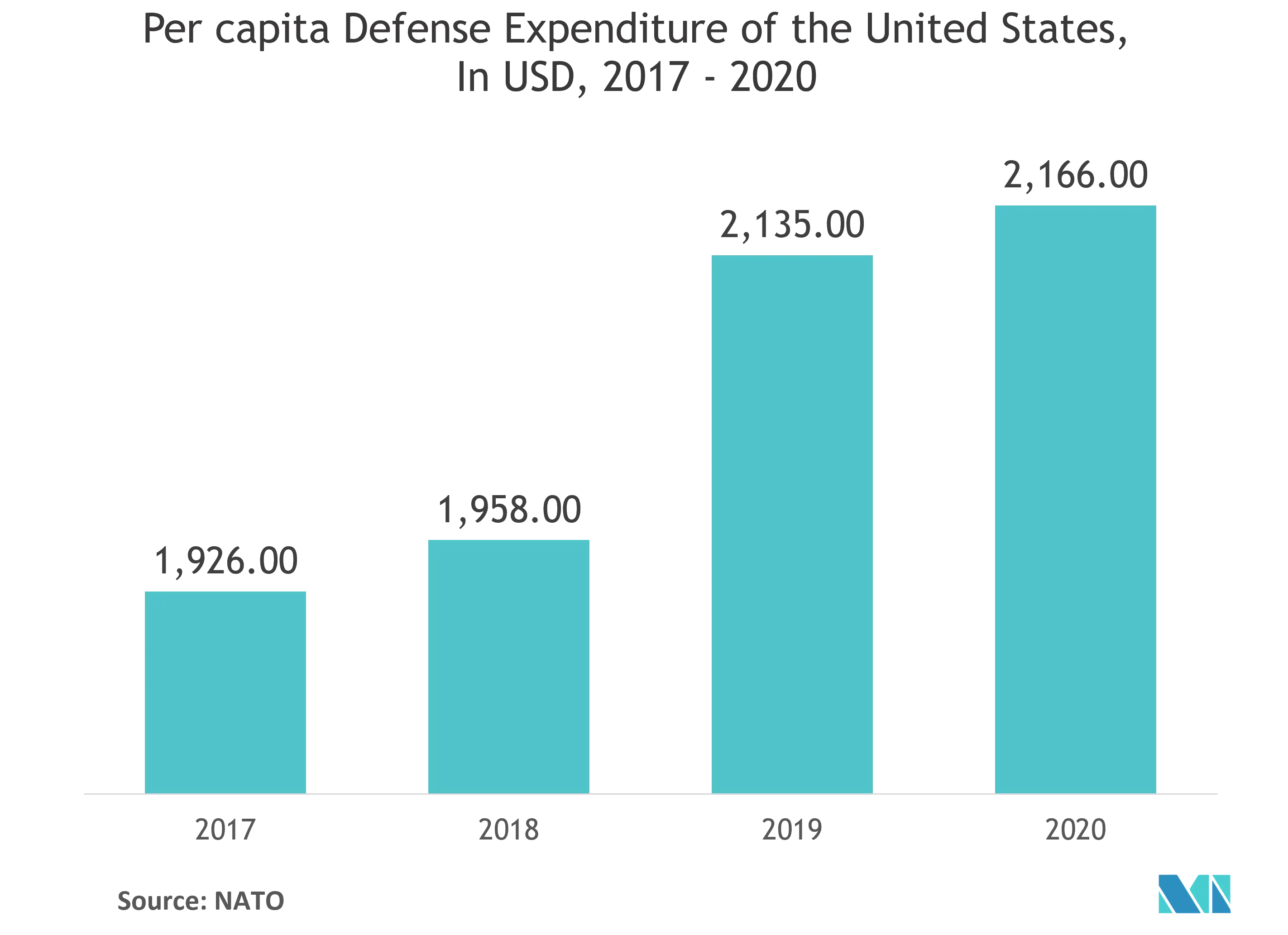Market Trends of North Amercia Proximity Sensor Industry
This section covers the major market trends shaping the North Amercia Proximity Sensor Market according to our research experts:
Growing Adoption of Consumer Electronics Devices is North America is Expected to Drive the Market
- Smartphones and wearables, such as smartwatches and fitness trackers, are experiencing high growth across North America. This is expected to drive the demand for proximity sensors over the forecast period.
- According to Consumer Technology Association, activity fitness trackers, a type of wearable electronic device, can be found in around 22% of households in Canada, and these devices are used in a fitness-related context, with standard features including heart rate monitoring, GPS tracking, and calorie tracking. These devices rank among Canada's most popular wearables, particularly in regions like Alberta and Saskatchewan/Manitoba.
- With companies, such as Fitbit Inc. and Apple Inc., making significant revenues from the United States, the North American region is expected to have a high market share during the forecast period. In 2020, Apple Inc. generated 45.37% or USD 124,556 million from the American region and Fitbit Inc. generated 55.7% of the total revenue only from the United States in 2019 which represents a stronghold on the market.
- Smartphones and mobile devices are now the fixture of modern life which is enabling consumers to not only communicate more effectively, but pay bills, shop, and even remotely control devices in their homes and cars. According to the AARP report, more than three-quarters (77%) of US adults ages 50 and up and owned a smartphone as of mid of 2019, which represents a 10% rise from 70% a couple of years earlier. Among these smartphone owners, 9 in 10 use their devices daily, with the majority (83%) using them to send or receive messages such as texts and emails.
- The ever-increasing smartphone business, and strong growth in the capital investments are going to be key drivers for the profitable development of the proximity sensors market in the United States.

Aerospace and Defense is Expected to Drive the Market
- The aerospace and defense sector is one of the largest adopters of proximity sensors, owing to the need for safety-critical, safety-related, or high-reliability solutions.
- According to Honeywell International Inc., proximity sensors can detect most internal failures and display a fault output to a pilot or maintenance technician, thereby reducing downtime and maintenance costs. For instance, proximity sensors in aircraft landing gear systems offer the pilot with a fault alert on landing approach to warn if the landing gear is not completely deployed.
- Proximity sensors are widely deployed in a wide range of aircraft systems, such as thrust reverser actuation systems, flight controls, aircraft doors, cargo loading systems, evacuation slide locks, and landing gear.
- Inductive proximity sensors are widely used in the aviation sector because of their non-mechanical contact, reliability, strong environmental suitability, and safety. The demand for target location monitoring of transmission parts is increasing with the development of automation and aircraft of larger sizes. Monitoring points at the external side of an aircraft are in harsh environments, like dusty or freezing environments, acoustic optical disturbances, etc. Thus, there are high requirements on the environmental adaptation of these sensors in this sector.
- Due to its sensing capabilities, proximity sensors have been used by the US Navy, US Air Force and Marine Corps, and various allied nations.
- In February 2020, Kellstrom Defense Aerospace (KDA) signed a new multi-year extension to an existing distribution agreement with the Sensors and Fluid Management Systems (SFMS) business unit of AMETEK Aerospace & Defense. The deal builds on a legacy of partnership, with KDA continuing to serve as the exclusive distributor of AMETEK SFMS products for the global military and government aftermarket, while also providing OEM repair management support and expanded cooperation for new aftermarket solutions for military aircraft sustainment.
- With growing demand, Honeywell introduced two new proximity sensors, such as General Aerospace Proximity Sensors (GAPS) and Harsh Aerospace Proximity Sensors (HAPS), formerly known as the IHM Series. These two platforms incorporate Honeywell’s patented Integrated Health Monitoring functionality. However, the products have some technical differences that allow them to be used in various aerospace applications.


